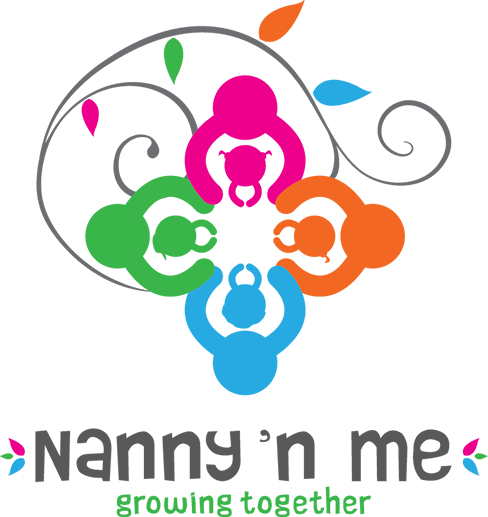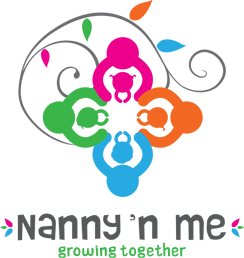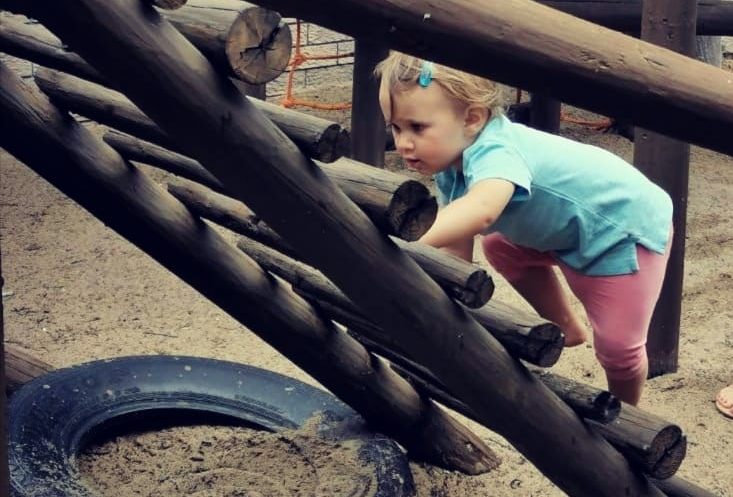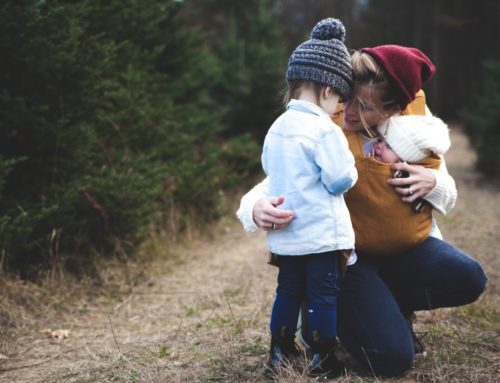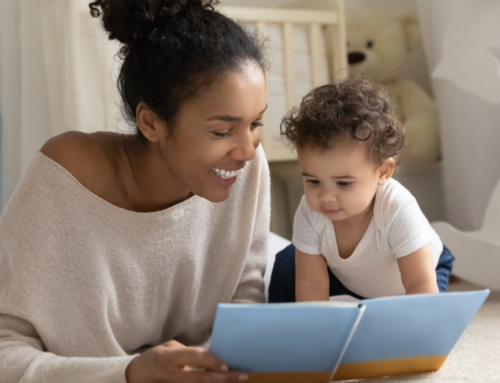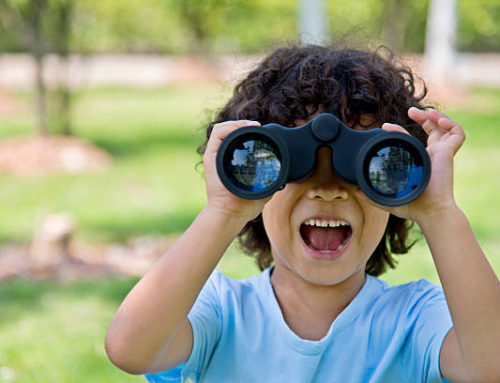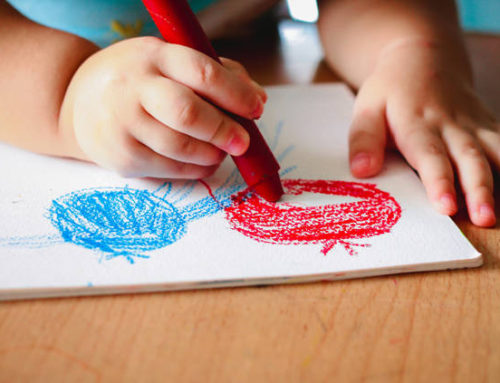Gross Motor Development refers to the development of the large muscle groups of the body (legs, arms and torso) which are responsible for whole body movement. This includes everyday movements such as sitting, crawling, standing, walking, running and jumping as well as coordinated activities such as ball skills, skipping, swimming or riding a bike.
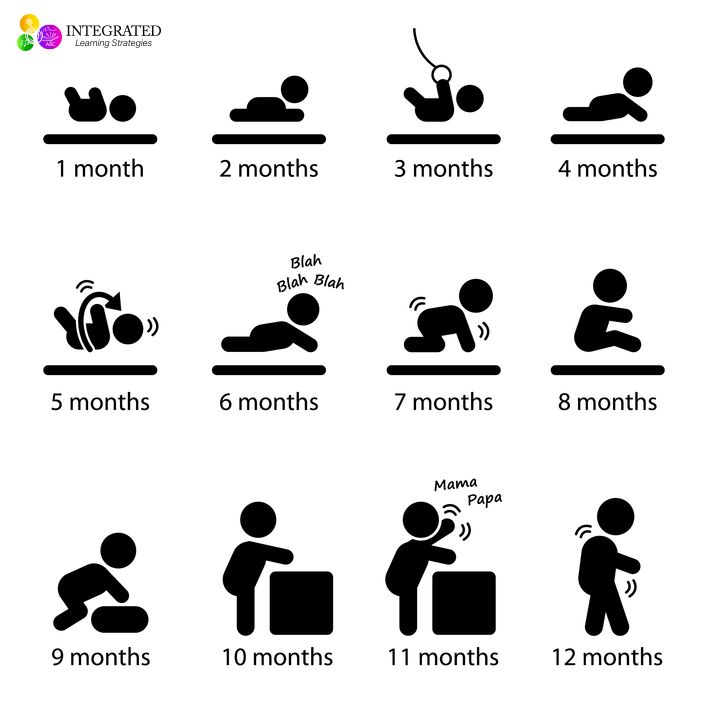 Development of these muscles is crucial in being able to perform natural, everyday actions and can have an influence on other everyday functions. For example the development of the large muscles of the core, arms and legs can provide stability, enabling smaller muscle development which allows for more controlled, precise and accurate movements. One cannot expect a child to write, draw or cut if they do not have the ability to maintain an upright, sturdy posture while seated at a desk. Children will develop motor skills from the center of their bodies outward. The head, torso, arms and legs will develop before the fingers, toes and other small muscles.
Development of these muscles is crucial in being able to perform natural, everyday actions and can have an influence on other everyday functions. For example the development of the large muscles of the core, arms and legs can provide stability, enabling smaller muscle development which allows for more controlled, precise and accurate movements. One cannot expect a child to write, draw or cut if they do not have the ability to maintain an upright, sturdy posture while seated at a desk. Children will develop motor skills from the center of their bodies outward. The head, torso, arms and legs will develop before the fingers, toes and other small muscles.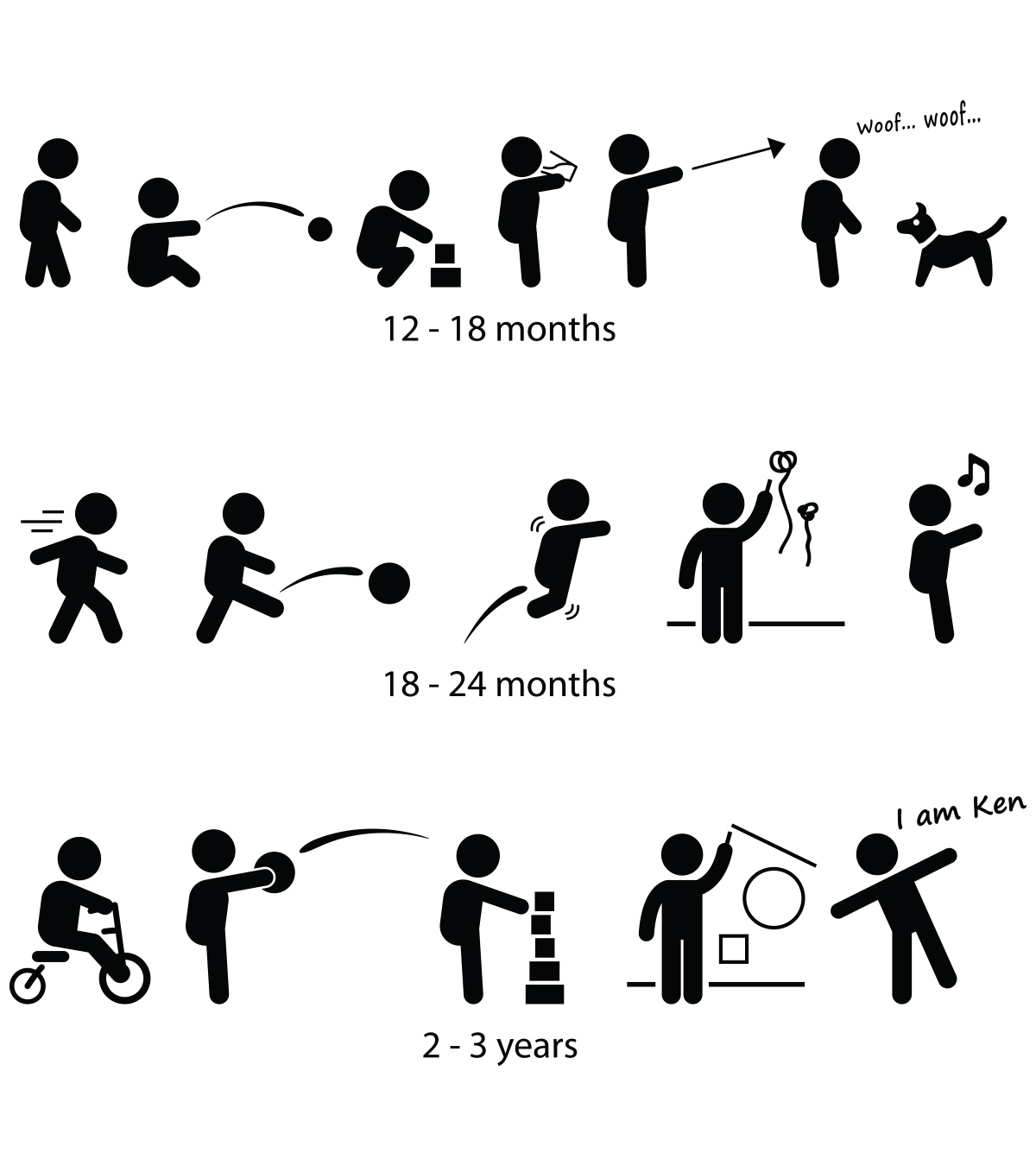
Gross motor development is foundational for many functional tasks and starts emerging soon after birth. Babies transition from reflex movement to more controlled voluntary movement as they reach various milestones. This includes being able to hold up their head independently, roll, sit, crawl, stand and walk. As babies progress to toddlers, gross motor skills become more controlled and advanced and they are able to execute skills such as jumping, hopping, balancing, climbing, running, throwing and catching. As they get older, these skills advance from general to specific as they gain more strength and coordination. If certain milestones are not achieved by a certain age, this can have major implications on a child’s muscle development and ability to play and explore their environment, which ultimately affects their overall learning experience.
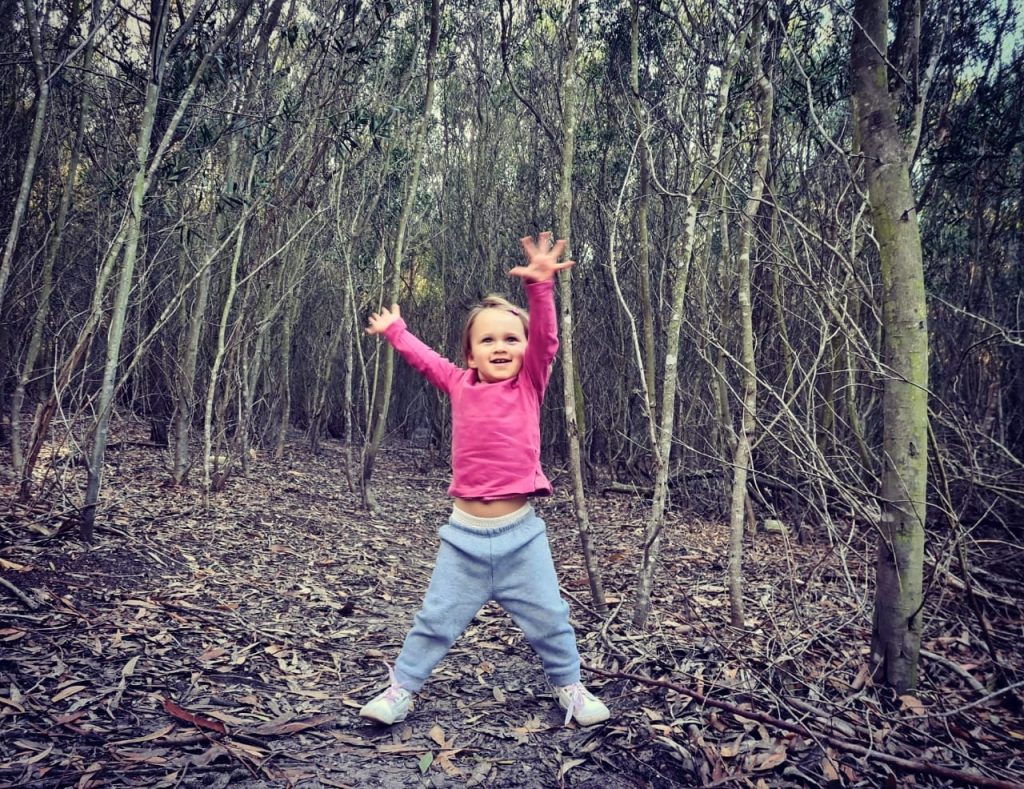 Muscles develop and strengthen when they are used and muscles gain endurance through repetitive and frequent strengthening of the muscles against gravity. This is why gross motor play and exercise is so important in babies and toddlers, and strongly encouraged as part of their daily routine. Surprisingly enough, gross motor development isn’t only important for our physical health but for our brains as well.
Muscles develop and strengthen when they are used and muscles gain endurance through repetitive and frequent strengthening of the muscles against gravity. This is why gross motor play and exercise is so important in babies and toddlers, and strongly encouraged as part of their daily routine. Surprisingly enough, gross motor development isn’t only important for our physical health but for our brains as well.
“One of the greatest brain gains of exercise is the ability for physical activity to improve actual brain function by helping nerve cells to multiply, creating more connections for learning (Cotman, 2002; Ferris, 2007). Research has shown that an increase in physical activity has a significant positive effect on cognition, especially for early elementary and middle school students (Sibley, 2002).
A summary of why gross motor development is so important in early childhood?
-
It allows children the ability to move and gain control of their own bodies in order to complete tasks independently (e.g. to develop core stability in order to maintain a seated posture while using the potty/toilet)
-
It helps children build strength and endurance which assists them in maintaining a good posture and performing functional tasks
-
It promotes healthy growth and better concentration through physical activity
-
It enables them to actively explore their environment and the world around them which enhances learning on a sensory, cognitive and language-based level
-
It allows them to feel confident in their own ability and keeps them motivated to try and perform or refine new skills
If we do not monitor our baby/toddler’s gross motor development through reaching of basic milestones, we may miss signs of developmental delay which can cause children to lack many functional skills. It is important to speak to a physiotherapist or an occupational therapist if you suspect your child has any delayed gross motor milestones.
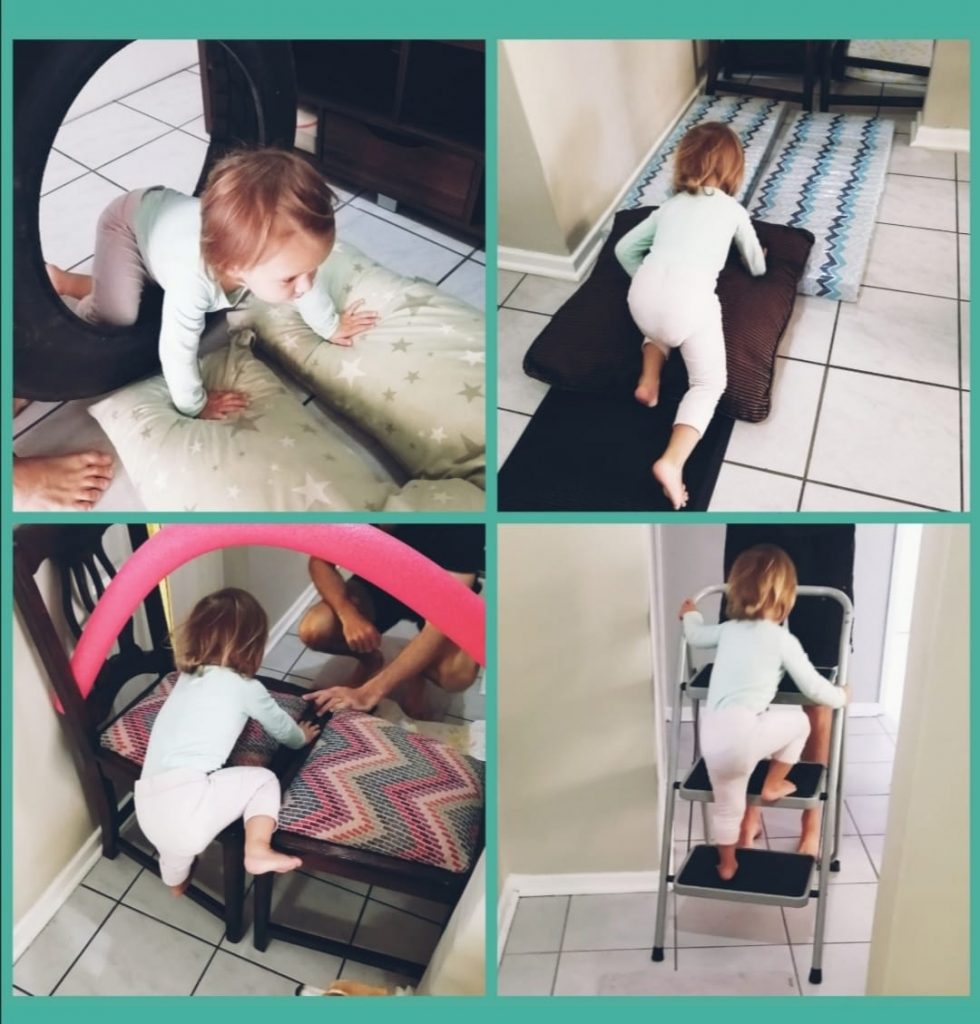
One of the best ways to encourage gross motor development in toddlers is to create a DIY obstacle course which encourages whole body movements such as crawling, climbing, balancing, jumping, hopping, throwing and catching. When your toddler is still young (12 – 18 months), you will need to build the course for them and assist them greatly in executing it. However, as they get older and more independent, you can encourage them to plan and create their own obstacle course while executing it under your supervision. This also encourages motor planning and body awareness which are also extremely important skills.
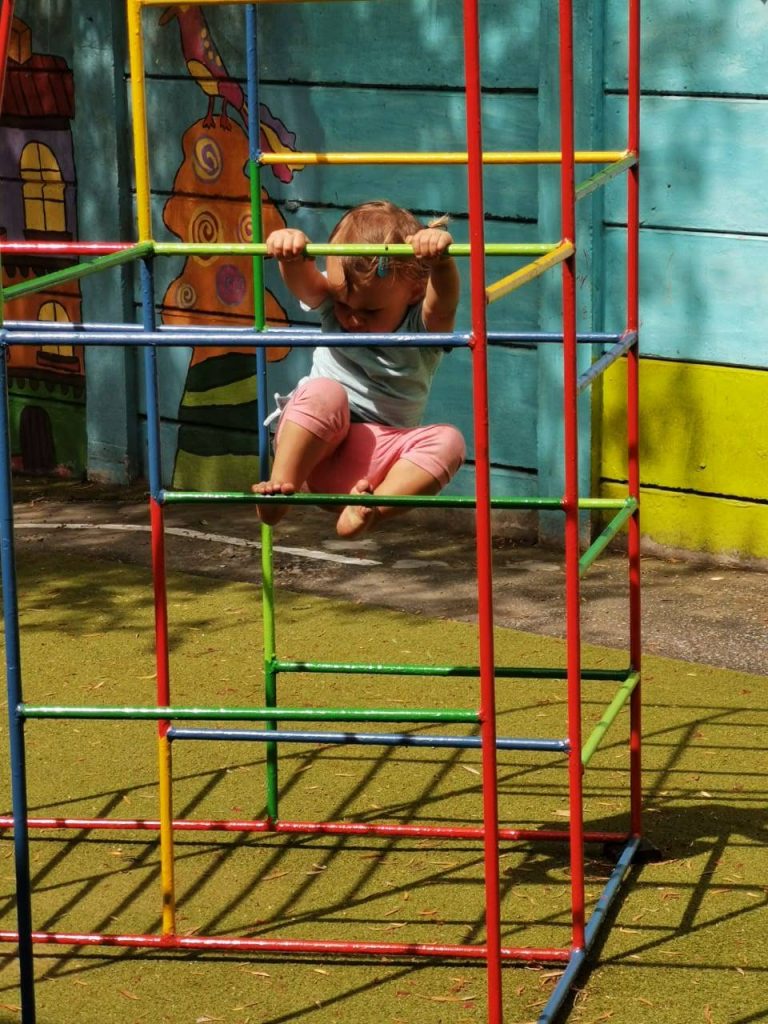
You can also encourage whole body movements through physical activity including running, hiking, swimming, riding a bike/scooter, dancing, yoga or basic jungle gym activity. Animals walks are also a firm favourite. Your little one can pretend to be a crab, bear, dog, leopard or frog while practicing whole body movements. You can also hold their legs while they walk on their hands (known as the “wheelbarrow walk”).
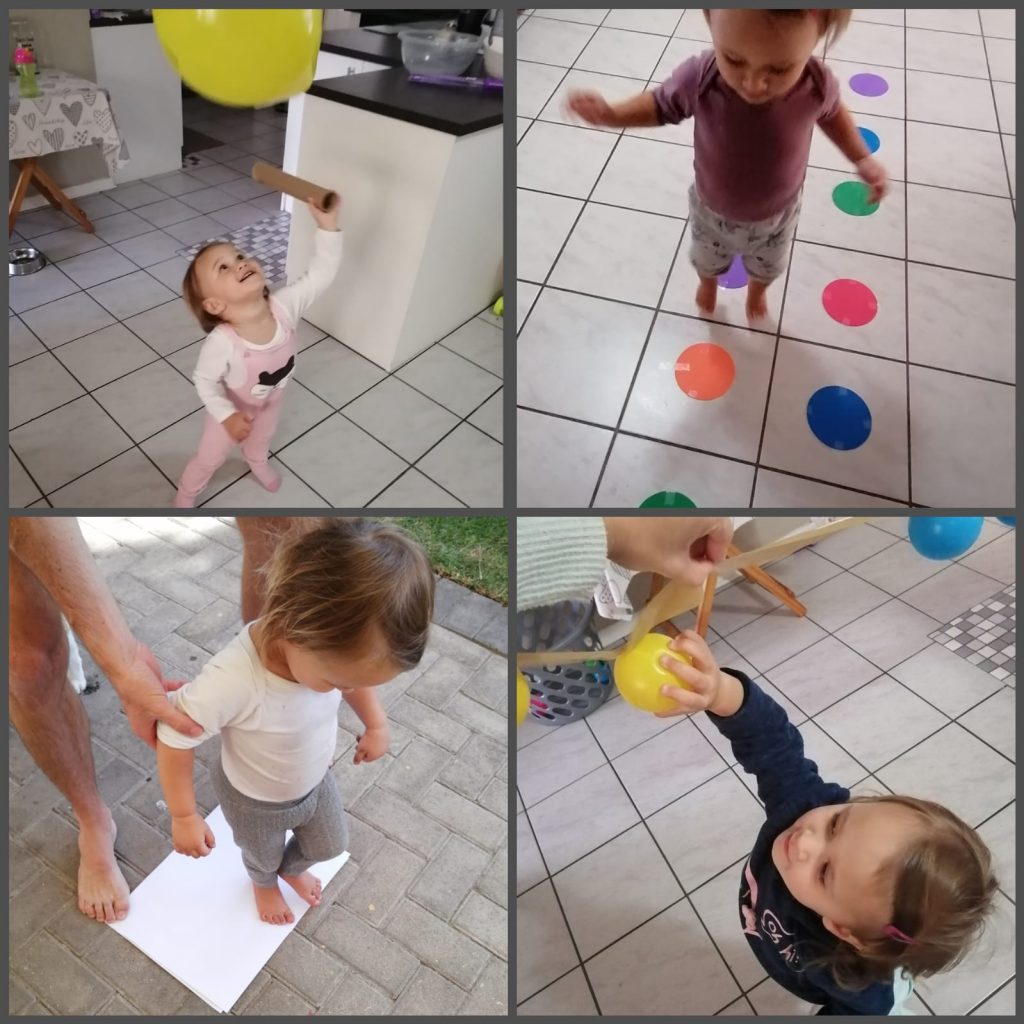
Isolating large muscle groups for certain activities is also a great option. Torso activities include sit ups, bridging, leg lifts and crab walks. Whole arm movements encourage shoulder girdle stability which allows the entire arm more control and precision. This includes doing activities against a vertical surface such as water sponge painting against a wall, playing in shaving cream on a glass window or door, drawing with jumbo chalk on a blackboard, or activities where your arm is reaching above your shoulder such as catching bubbles, hitting a balloon or reaching for objects just out of reach. Whole leg movements encourage hip girdle stability, balance and coordination and this includes tasks such as stomping, jumping on two feet, marching or walking up/downstairs.
See below some more Nanny ‘n Me inspired activities that I have recently done with my toddler:
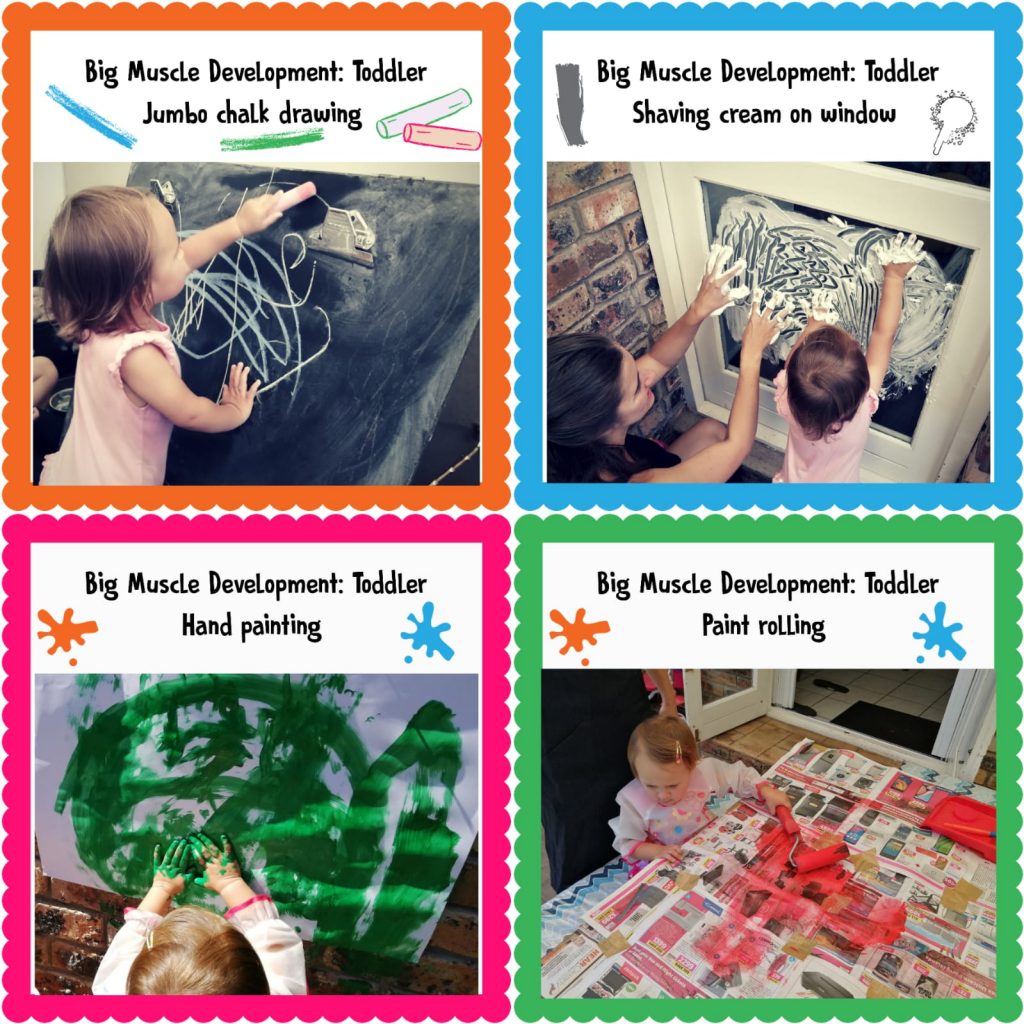
~ Written by Courtney Mercer ~
